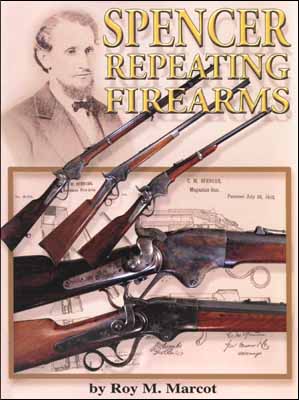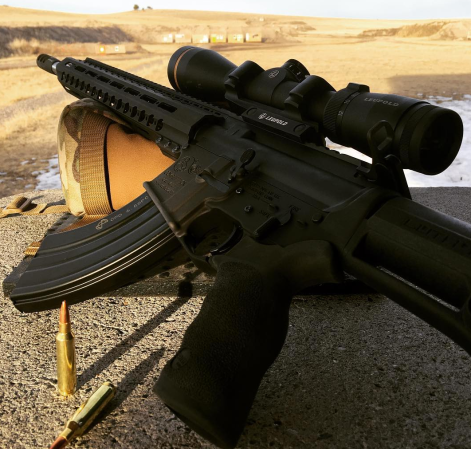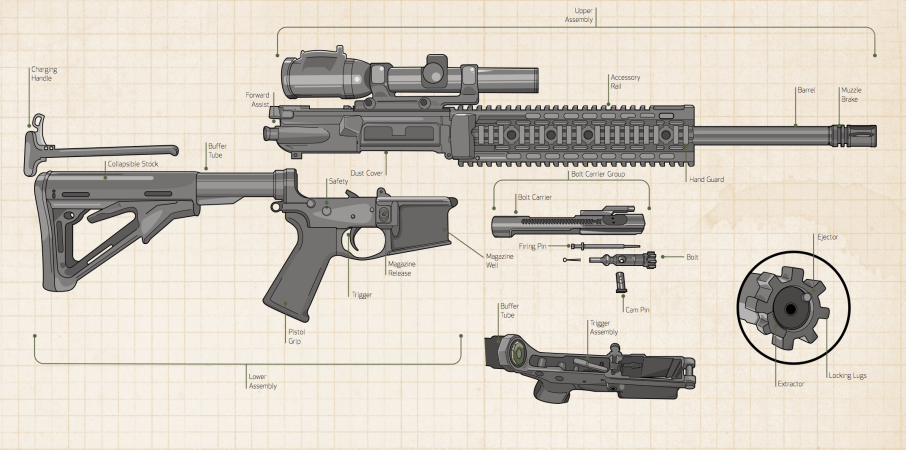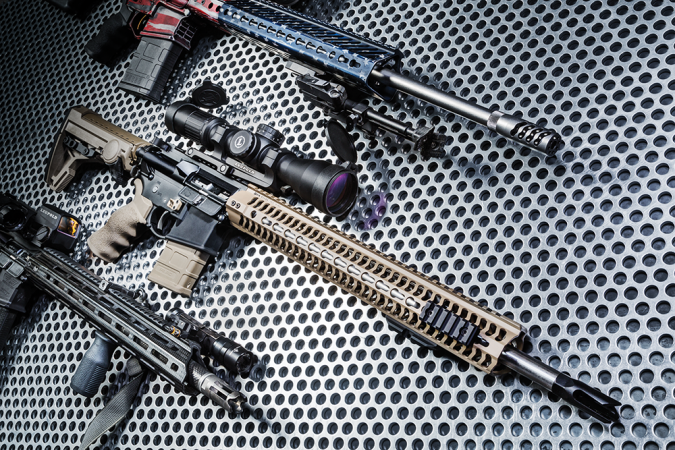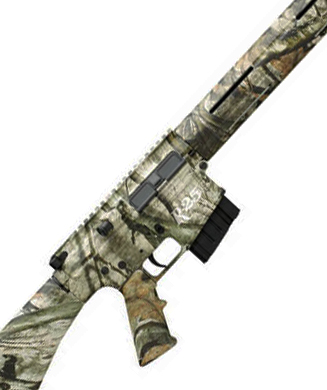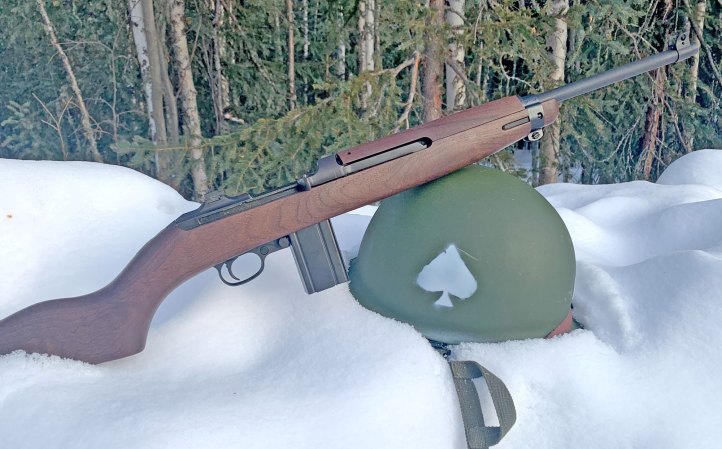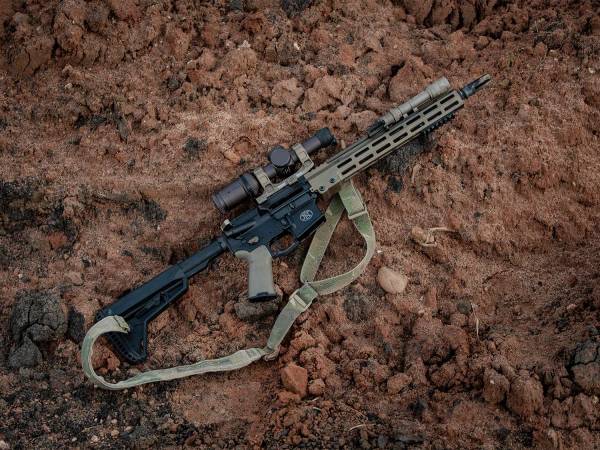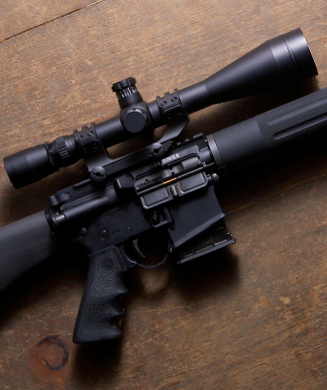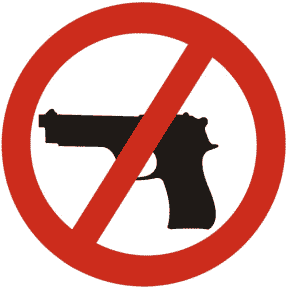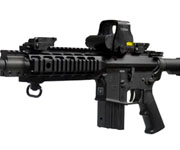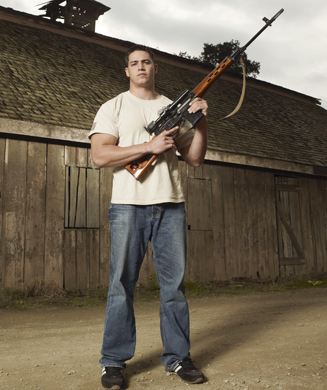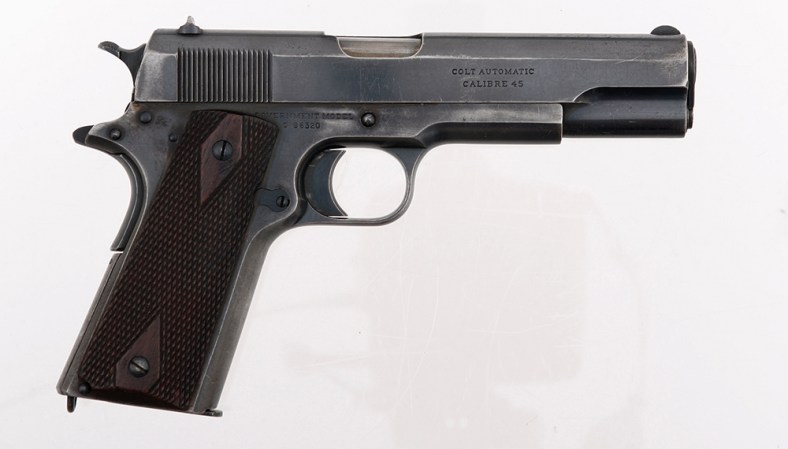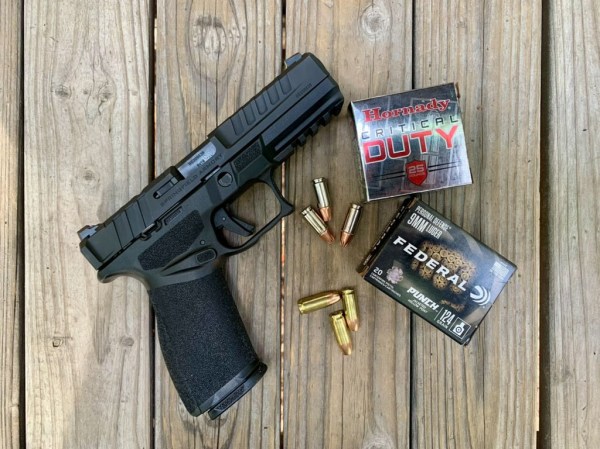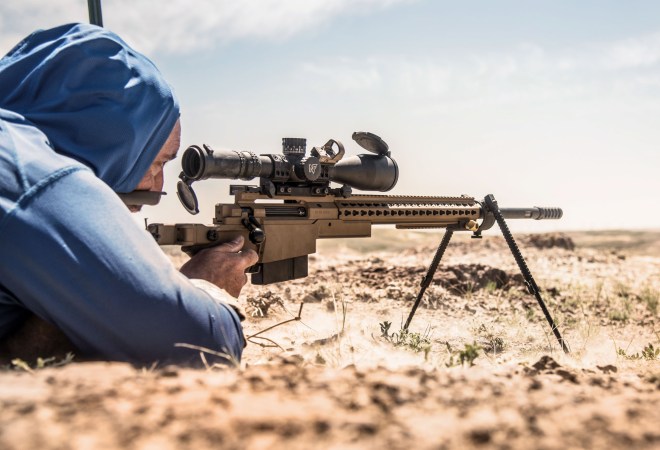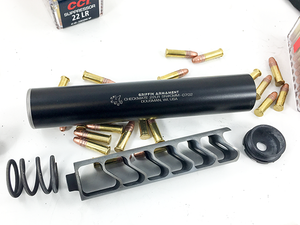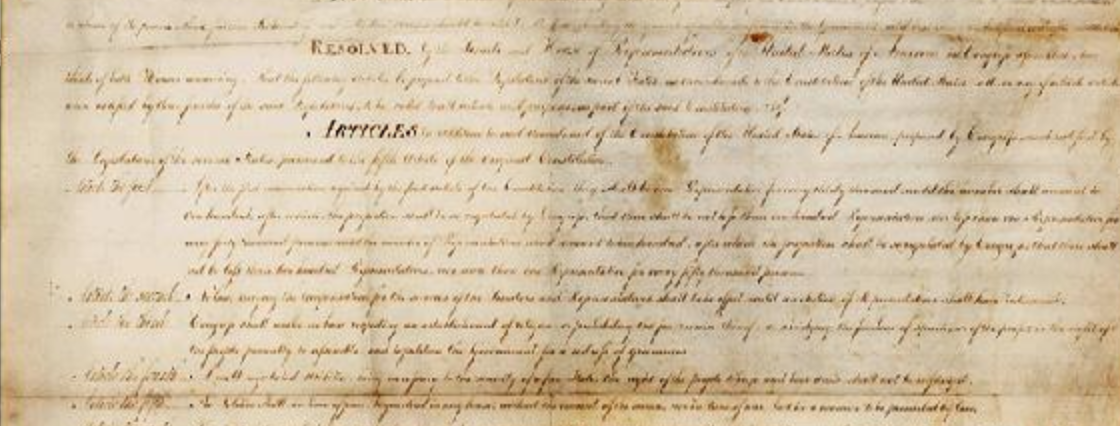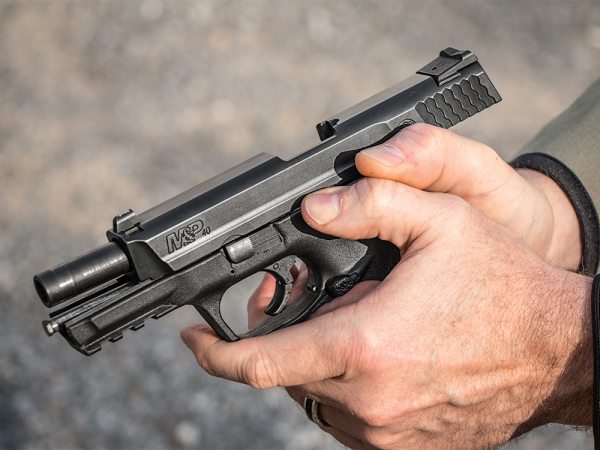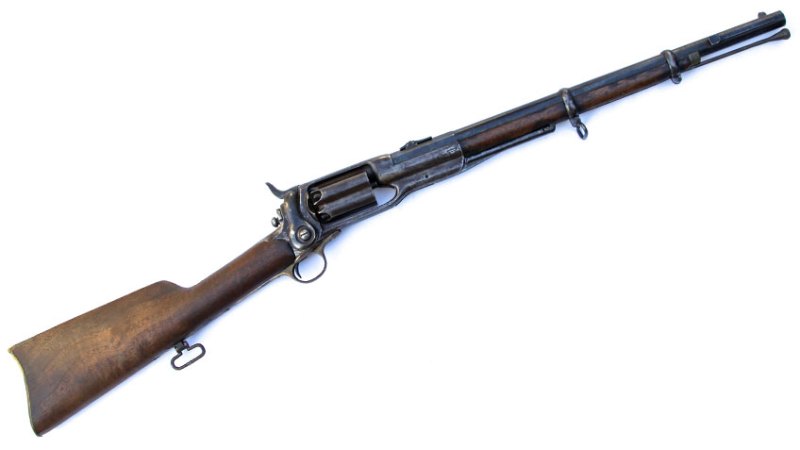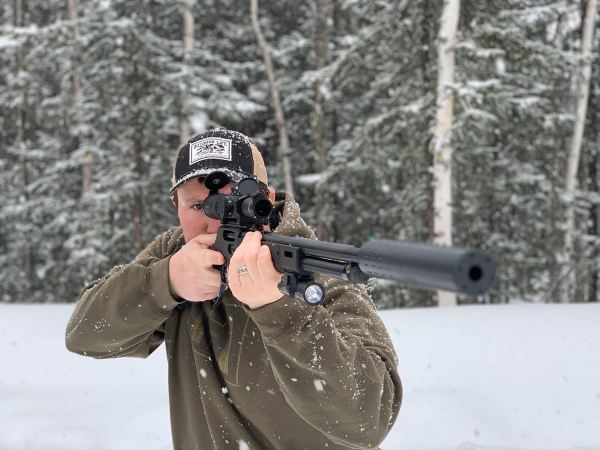We may earn revenue from the products available on this page and participate in affiliate programs. Learn More ›
Most shooters recognize that Sen. Dianne Feinstein’s proposed “Assault Weapons Ban of 2013” is blatantly deceptive because they understand the difference between an automatic firearm and a semi-automatic firearm.
Most shooters also know that the nebulous and scary-sounding “assault weapon” in Feinstein’s 122-page bill is nothing more than a political designation that makes a semi-automatic firearm an “assault weapon” by adding a detachable magazine and one cosmetic feature, such as a pistol grip or folding stock.
Therefore, most shooters know “assault weapons” aren’t made; they are contrived by political whim.
Most shooters know this. Many non-shooters do not.
Unfortunately, it is these people — the non-gun owners — who are being manipulated by the gun control lobby to believe recently proposed gun control bills, such as Feinstein’s, are crafted to make them safer. These are the people gun owners must convince how dangerously deluded this deception is. Fortunately, the facts will make it easier.
Here are responses to some frequently asked questions and assumptions posed by non-gun owners. Please share this information with your non-shooter friends!
1.) What is a Semi-Automatic Weapon?
Semi-automatic firearms fire one round each time the trigger is pulled; the spent cartridge case is ejected and another is loaded into the chamber without requiring manual operation of a bolt handle, a lever, or a sliding grip. They are not automatic weapons, which fire when you pull the trigger and keep firing until you release the trigger.
The terms semi-automatic and automatic describe a firearm’s “action,” not a particular brand, model, or make. Virtually any type of firearm — rifle, carbine, shotgun and pistol — can have semi-automatic, automatic, burst-fire, or single-shot action.
Among the biggest differences between semi-automatic and automatic actions is that weapons with automatic and burst-fire actions are already heavily restricted for civilian use and ownership. In contrast to the few truly automatic firearms in civilian hands, the vast majority of modern firearms manufactured, sold and used in the United States today have semi-automatic actions, including Modern Sporting Rifles (MSRs).
2.) How Do Semi-Automatic Firearms Become So-Called ‘Assault Weapons?’
Before 1989, the term “assault weapon'” did not have a precise meaning, but it generally referred to a type of light infantry firearm initially developed in World War II; a magazine-fed rifle and carbine suitable for combat, such as the AK-47 and the M16/M4. These are selective-fire weapons that can shoot semi-auto, full-auto, or in three-round bursts (although the U.S. Army doesn’t issue full-auto M16s any longer). These selective-fire firearms are not commercially available, although there are exceptions.
Feinstein’s bill defines “assault weapon” differently. In its Feinsteinwellian manifestation, an “assault weapon” is a semi-automatic firearm possessing ergonomic or construction features “similar to those of military firearms.” Feinstein’s “assault weapon” has a detachable magazine, in conjunction with one other feature, such as a pistol grip, a folding or collapsing stock, a flash suppressor, or a bayonet lug. Most “assault weapons” are rifles, but pistols or shotguns may also be included.
Therefore, the proposed “Assault Weapons Ban of 2013” is not an “assault weapons” ban but a semi-automatic firearms ban that would, generally, outlaw any semi-auto rifle, shotgun or handgun with a detachable magazine and one cosmetic feature, and, specifically, outlaw 158 identified makes and models of guns by nothing more than political whim.
The gun control lobby “deliberately misuse the term ‘assault weapon’ to confuse the public,” writes Emily Miller in the Washington Times on Jan. 25. “Assault weapons are machine guns, automatic rifles that continue to fire until the trigger is released. These guns have been highly regulated since 1934 and are never used in crimes. The guns that this congressional bill targets are simply the standard semi-automatic weapons that fire one bullet with each trigger pull.”
“This is not about machine guns,” writes University of California Los Angeles law professor Eugene Volokh. “It’s about semi-automatic guns that are not materially different from other kinds of semi-automatic weapons.”
The gun control lobby exacerbates and benefits from the confusion — and they enjoy gloating over it.
“The weapons’ menacing looks, coupled with the public’s confusion over fully automatic machine guns versus semi-automatic assault weapons — anything that looks like a machine gun is assumed to be a machine gun — can only increase the chance of public support for restrictions on these weapons,” writes Josh Sugarmann of the Violence Policy Center in his book, “Assault Weapons and Accessories in America.”
Sugarmann, who some say coined the term “assault weapon” in its current Feinsteinwellian manifestation, also echoes one of the most popular misconceptions about semi-automatic firearms: “Few people can envision a practical use for these weapons.”
3.) MYTH: Proposed Laws Just Seek to Make ‘Machine Guns and Other Military Weapons’ Illegal
Untrue. The focus of these restrictions is on semi-automatic firearms and not on fully automatic firearms, which are already heavily restricted for civilian ownership.
According to the National Shooting Sports Foundation, the gun control lobby has successfully convinced the non-gun owning public that “assault weapons” means “commercially available machine guns” when “what they are really targeting are semi-automatic MSRs.”
“A so-called ‘assault weapon’ is NOT a machine gun or automatic firearm,” the NSSF Fact Sheet reads. “A so-called ‘assault weapon’ is functionally no different than any other ‘legal’ firearm. These guns fire in the same manner as any other semi-automatic firearm (one shot per trigger pull — no spray firing), they shoot the same ammunition as other guns of the same caliber and are no more powerful.”
The difference between “a so-called ‘assault weapon’ from other guns,” the NSSF states, “is cosmetic; for example, the type of stock on the gun, which makes the conventionally operating firearm look more like a military firearm.”
4.) MYTH: The Only Use for So-Called ‘Assault Weapons’ is War
According to the gun control lobby, semi-automatic “assault weapons” are “high-powered guns that are meant for war.”
However, the “assault weapons” that would be banned “are no more powerful than any hunting weapon” because they are, in fact, hunting weapons — MSRs, according to the NSSF.
According to a 2010 NSSF survey, 90 percent of the owners of MSRs use them for target shooting, 80 percent for home defense and 60 percent for hunting. “In fact, the Colt AR-15 and Springfield M1A, both labeled ‘assault weapons,’ are the rifles most often used for marksmanship competitions in the United States,” the NSSF states. “And their cartridges are standard hunting calibers, useful for game up to and including deer.”
The NSSF survey says about 44 percent of MSR owners are former military or law enforcement “who enjoy using a familiar rifle. The typical owner is over 35 years old, married and has some college education. These good Americans are the ones who will be affected by a ban, not the criminals who will continue to use whatever they want.”
Semi-automatic weapons are used to hunt every game animal on Earth. Ruger 10/22 rifles are small-game staples. The AR-15 and SKS are widely used for varmint hunting — fox, wolves, coyote — and big game like deer and caribou. The list goes on and on.
“The way that the media talks about semi-automatic weapons, it’s easy to think that they are dangerous because they allow shooters to acquire many targets in a short amount of time. In reality, semi-automatic weapons are unique because they make it easier for shooters to put multiple bullets in one spot without losing sight picture,” writes James Banks in PolicyMic. “If you’re hunting a buck with 11-point antlers, a gray wolf, a boar, or a buffalo, that’s probably not an animal you want to let out of your sights.”
5.) MYTH: Banning So-Called ‘Assault Weapons’ Will Reduce Criminal Violence
There is no evidence that the 1994 Clinton Era “assault weapons” ban (the precursor semi-auto ban) helped reduce violence crime and, as a recent Centers for Disease Control examination of homicide statistics revealed, so-called “assault weapons” were involved in less than 1 percent of crimes before the ban was imposed — a “miniscule” percentage of crimes that “continued to decrease after the ten-year ban expired in 2004 and their manufacturing and sales resumed.”
Another study, commissioned by Congress, found “the banned weapons and magazines were never used in more than a modest fraction of all gun murders.” The report also noted that so-called “assault weapons” were “rarely used in gun crimes even before the ban.”
Yet, the myth persists that so-called “assault weapons” kill more people than other guns, when three-quarters of fatal shootings in America involve handguns, according to the University of California.

